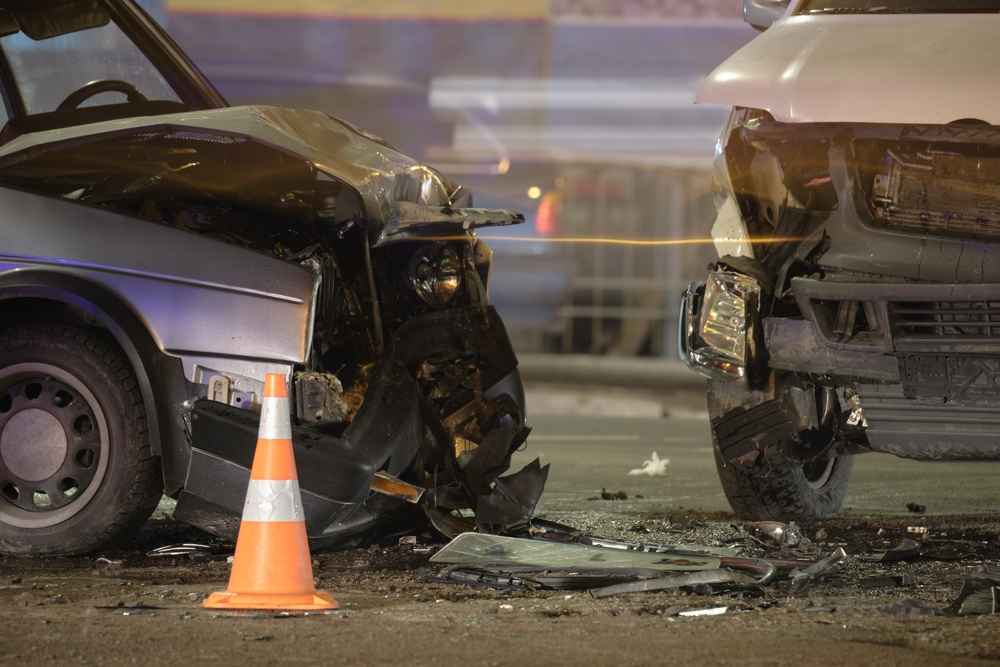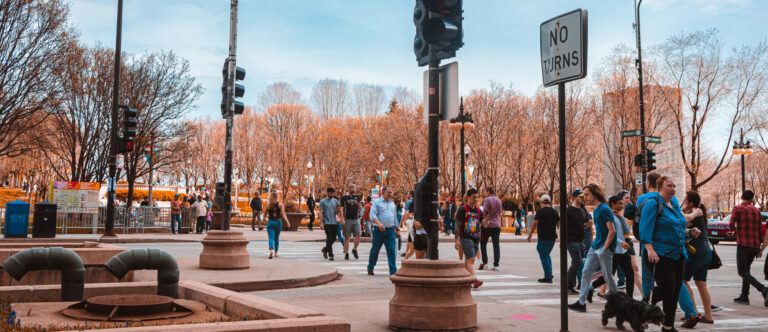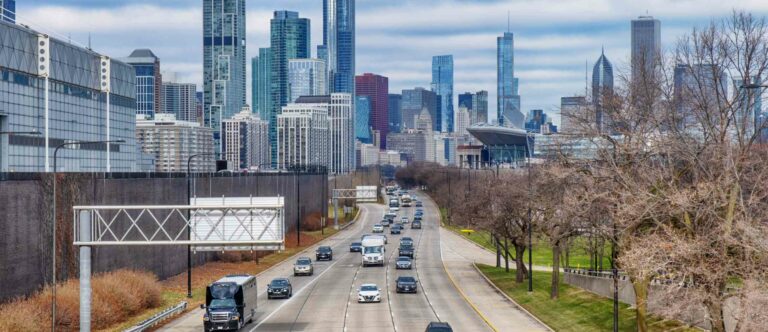Car crashes happen every day in Chicago. Some are minor. Others change lives forever. This blog looks at the numbers behind these events and what they mean for people who live and drive in the city.
If you or a loved one has been hurt, these facts may help you make informed choices. You’ll see trends, common causes, and how to protect yourself. We will also look at how these accidents affect people and what steps to take if you are involved in one.
This article uses Chicago motor vehicle accident statistics to better understand what is happening on the roads. Numbers tell a story. Let’s look at what they say.
How Many Accidents Happen Each Year in Chicago?
Chicago sees thousands of traffic crashes each year. According to data from the Illinois Department of Transportation (IDOT), the city had over 100,000 motor vehicle accidents in 2023 alone.
This includes all types of crashes, from fender benders to deadly collisions.
The numbers show a steady rise over the past few years. As more people return to work and travel post-pandemic, the roads have become busy again, leading to more accidents.
- In 2021: 97,115 crashes were reported in Chicago
- In 2022: 102,741 crashes
- In 2023: 106,589 crashes
Even small increases matter when lives are involved.
Serious vs. Minor Crashes
Not all crashes are the same. Here’s a breakdown:
- Fatal crashes: Around 200 per year
- Injury crashes: Over 20,000 annually
- Property damage only: About 80,000 each year
This means many accidents lead to injury or death. These are not just numbers. They represent real people whose lives are disrupted or ended.
Where Do Most Accidents Occur in Chicago?
Some parts of Chicago see more crashes than others. Busy intersections, highways, and popular neighborhoods tend to have the highest numbers.
Three key areas to watch:
1. Downtown (The Loop)
The Loop has high foot and vehicle traffic. Accidents often happen near:
- Michigan Avenue
- Congress Parkway
- Lower Wacker Drive
2. Near North Side
With nightlife, restaurants, and tourists, this area sees many crashes. Problem zones include:
- Clark Street
- LaSalle Drive
- Division Street
3. South Side
This area has wide roads and high speeds. High-crash areas include:
- 79th Street
- South Ashland Avenue
- Dan Ryan Expressway exits
If you live or drive in these areas, be extra cautious.
What Are the Main Causes of Motor Vehicle Accidents in Chicago?
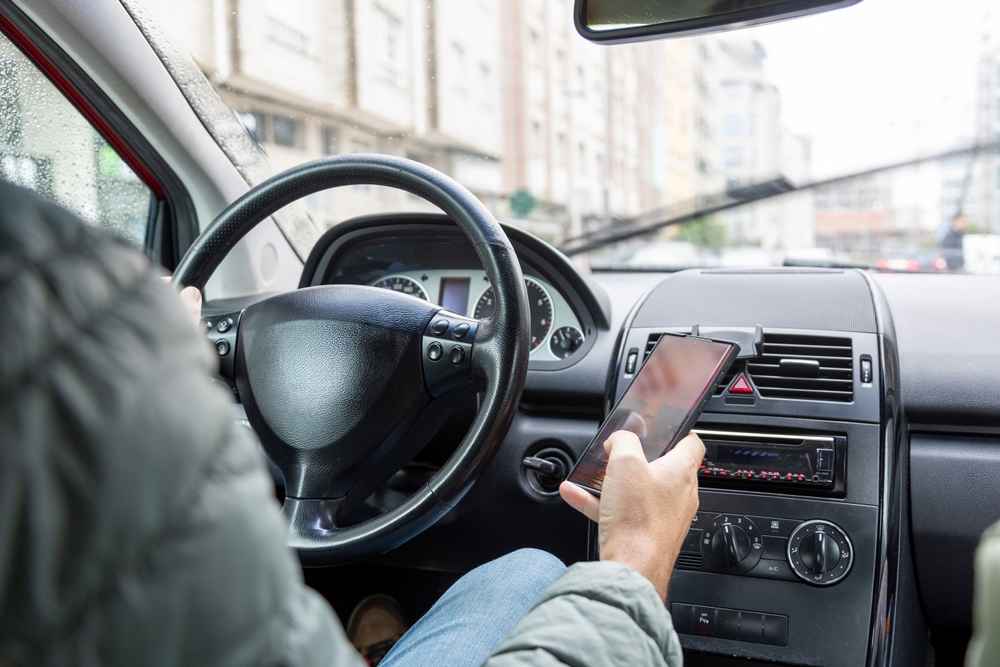
Knowing why crashes happen can help prevent them. Most accidents involve human error.
Here are the leading causes:
- Speeding: Drivers going too fast have less time to stop.
- Distracted driving: Texting, eating, and even using a GPS take attention away.
- Impaired driving: Alcohol and drugs slow reaction time.
- Running red lights: This often leads to side-impact crashes.
- Tailgating: Following too closely leaves no room for mistakes.
These behaviors are risky. They put drivers, passengers, and pedestrians in danger.
Who Is Most Affected by Chicago Car Accidents?
Some groups are more likely to be hurt or killed in crashes. These include:
Pedestrians
They have no protection. In 2023, there were 3,114 pedestrian crashes in Chicago. Over 60 were fatal.
Cyclists
Bike riders face many hazards. In 2023, 1,469 bicycle crashes occurred. Ten people died.
Motorcyclists
Motorcycle accidents are often severe. Riders have little to protect them. In 2023, 1,187 motorcyclists were involved in crashes. 42 lost their lives.
Elderly and Children
Older adults and kids are more fragile. Injuries can be worse and recovery harder.
People walking, biking, or riding need safe streets. But all drivers must also share the road responsibly.
When Do Most Accidents Happen?
Time of day and season both affect crash numbers.
Here’s what the stats show:
- Most crashes happen between 3 p.m. and 7 p.m.
- Weekdays have more crashes due to work commutes
- Winter sees a spike from ice, snow, and darkness
Peak Months for Accidents:
- October
- November
- December
Shorter daylight and bad weather raise risks. Staying alert during these times is important.
How Do These Accidents Affect Victims?
The effects go far beyond the crash. Victims may face:
- Physical pain
- Emotional distress
- Medical bills
- Lost income
- Long recovery periods
Some injuries are permanent. Brain injuries, spinal cord damage, and broken bones change lives. Victims often need ongoing care. Families suffer too. Loved ones may become caregivers or struggle with grief. The costs, both financial and emotional, can be huge.
What Types of Injuries Are Common in These Crashes?
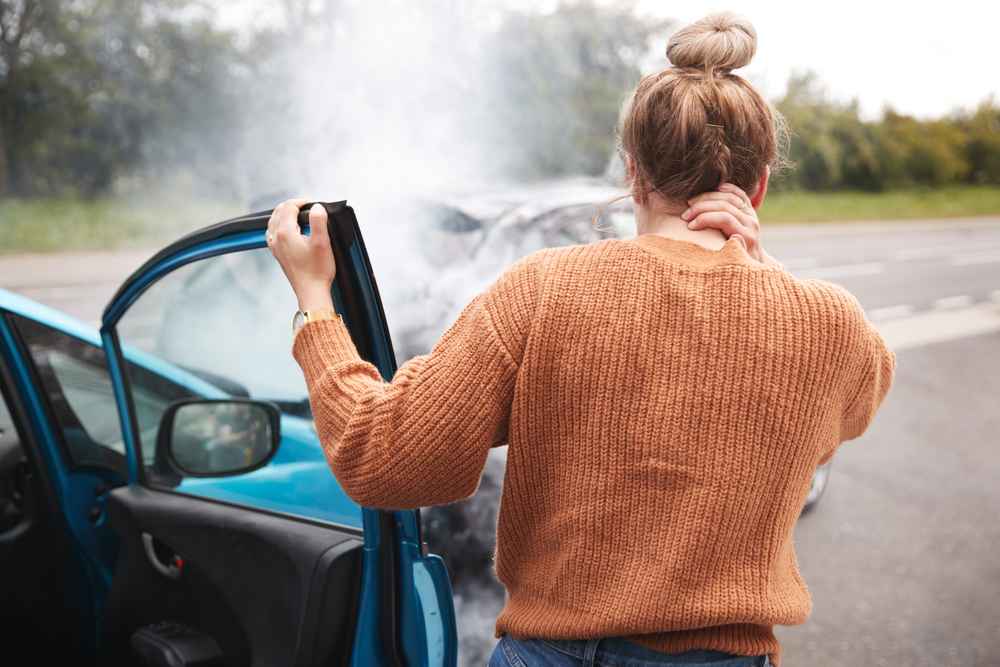
Not all injuries show up right away. Even low-speed crashes can cause lasting harm. Common injuries include:
Whiplash and Neck Strain
Sudden stops can damage muscles and tendons in the neck.
Back Injuries
Herniated discs and spinal trauma often cause long-term pain.
Head Injuries
Even without a blow to the head, brain injuries can occur.
Broken Bones
Arms, legs, and ribs often break from the force of the impact.
Internal Bleeding
Some injuries are not visible but may be life-threatening.
Always see a doctor. Some injuries get worse over time.
What Should You Do While Recovering From a Car Accident?
Recovery takes time. After the crash scene is cleared and the paperwork is filed, many victims wonder what to do next. Healing isn’t just about medical treatment.
It also involves documenting your progress, keeping track of expenses, and staying informed about your case. These steps help protect your well-being and support any claim you may file.
Focus on what you can control during this time. Even small tasks make a difference in how your case moves forward.
- Follow your doctor’s instructions
Keep every appointment. Take prescribed medication. Go to physical therapy if recommended. Skipping steps can delay healing and hurt your case. - Track your symptoms and progress
Use a notebook or app to record pain levels, mobility changes, or emotional effects. This can show how the injury has affected your daily life. - Keep receipts and bills
Save everything related to the crash—medical bills, travel costs to appointments, home care services. These documents show the full cost of your injury.
What Not to Do
- Don’t post about the accident or your condition on social media.
- Don’t downplay your pain in conversations or messages that might be used as evidence.
- Don’t settle too early with the insurance company. Recovery may take longer than expected.
If your injury keeps you from working or changes your routine, write that down too. The more you document, the clearer the picture of your recovery becomes.
It’s not just about proving what happened but showing how your life has changed.
Does it Change Anything If the At-Fault Driver Has a History of Dangerous Driving?
Some drivers cause accidents over and over. They may have a long record of speeding tickets, DUI charges, or reckless driving violations. If one of these drivers caused your crash, you may wonder if their past behavior affects your case. In some situations, it can.
Insurance companies keep records of driver history. A driver with repeated violations is considered high-risk. If that person hits you, their insurer may be more willing to settle or may try to avoid a lawsuit altogether.
This is especially true if the crash shows a clear pattern of the same behavior, like texting while driving or running red lights.
Sometimes courts allow for punitive damages. This is different from money meant to cover your bills or pain. Punitive damages punish the driver for dangerous habits and discourage them from doing it again.
They are not common, but a repeat-offender driver may open the door to this kind of compensation. A lawyer can check the at-fault driver’s history and see if it helps your claim. Most people don’t know they have the right to request this information, but it may support a stronger case.
How Chicago Is Working to Reduce Crashes
The city has taken steps to make streets safer.
These include:
Vision Zero Chicago
This plan aims to eliminate traffic deaths by improving street design, lowering speed limits, and enforcing traffic laws.
Red Light and Speed Cameras
These catch dangerous drivers and encourage better habits.
Protected Bike Lanes
More lanes help keep cyclists away from traffic.
Pedestrian Safety Campaigns
Signs, signals, and education programs remind drivers to watch for people crossing.
These efforts are working. But there is more to do.
How Accident Patterns Shift Near Chicago Construction Zones
Road construction is a constant in Chicago. From expressway resurfacing to utility work in residential neighborhoods, orange cones and lane closures are part of everyday driving.
Construction zones also bring higher risk for motor vehicle accidents. These areas often create confusion, sudden stops, and narrow lanes that leave little room for error.
Many crashes happen because drivers are unsure how to react. Temporary signs may be hard to read. Detours can send unfamiliar drivers into busy side streets. Lane markers may be faded or conflicting.
What to Know About Construction Zone Accidents in Chicago
- Construction zone crashes often involve rear-end collisions and sideswipes.
- The city publishes updates about active work zones, which can help determine if roadwork was a factor.
- Photos of signage, barriers, or missing cones can support your claim.
Many people do not realize that third parties may be involved in these crashes. For example, a private contractor working for the city may be responsible for a poorly marked detour.
The layout of a temporary intersection could cause confusion that leads to a crash. If you were hurt in a construction zone, gathering as much detail as possible while still on the scene is important. That includes the names on trucks, the condition of the road surface, and whether lights or signs were visible.
Frequently Asked Questions
What should I do if I don’t have car insurance but I was injured in a crash?
You can still seek compensation, even if you didn’t have insurance during the crash. Your ability to file a claim may depend on who was at fault and the insurance policies involved.
If the other driver caused the accident, their insurance may still be responsible for your medical bills and other losses. An attorney can help you explore your options.
Can I get a copy of the accident report if I wasn’t the driver?
Yes. In Illinois, you can request a crash report from the Chicago Police Department or Illinois State Police, even if you were a passenger or pedestrian.
You may need the report number, date, and location of the crash. Having this document can help support your insurance claim or injury case.
What happens if I was partly at fault for the crash?
Illinois uses a modified comparative fault system. This means you can still recover money if you were less than 50% at fault. Your total compensation may be reduced based on your share of responsibility.
For example, if you were 20% at fault, your recovery could be reduced by 20%.
Can I file a claim if I was hit in a parking lot?
Yes. Parking lot crashes may seem minor, but they can still cause injury. Liability depends on who had the right of way and whether either driver was careless.
Even private lots can be the site of valid injury claims, especially when visibility is poor or traffic patterns are not well marked.
Is there a time limit to file a car accident injury claim in Chicago?
Yes. In Illinois, the general time limit to file a personal injury claim is two years from the date of the accident. Some exceptions apply, such as cases involving minors or government vehicles.
Waiting too long can result in losing the right to pursue compensation.
When to Call a Lawyer
If you are hurt in a car crash, a lawyer can help you:
- File claims
- Deal with insurance companies
- Get compensation for your injuries
You do not have to go through this alone. Legal help can make a difference.
Walner Law is here to support you. Our team has helped injured people in Chicago for over 75 years. If you need help after a car accident, call (312) 410-8496 for a free consultation. We are ready to listen.


 Skip to content
Skip to content

